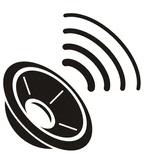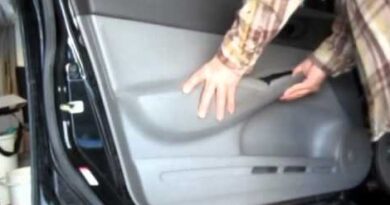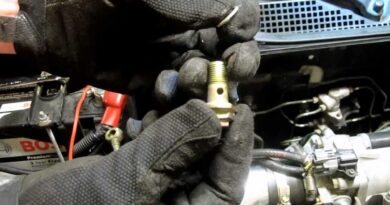Fix Honda Civic’s Parking Brake
Are you wondering how To fix the Honda Civic’s electric parking brake? Automakers add new features to their vehicles as technology develops, one of which is the electric parking brake commonly referred to as the electronic parking brake (EPB). Many contemporary vehicles have EPB technology. The EPB is a better, safer, and more effective braking system that is integrated with the onboard electronic computer to provide a better braking experience and a more practical way to deploy emergency brakes in a variety of circumstances.
How To Fix Honda Civic Electric Parking Brake
To learn how to fix Honda Civic’s electric parking brake you need to know everything about the problem! This article will go into great detail on the uses of the electric parking brake, how it operates, the benefits of having one on your child’s vehicle, the most frequent issues with electric parking brakes, and more. Enjoy the reading while you recline.
An electric parking brake is what? An electronic parking brake, often known as an electric parking brake (EPB), is an emergency brake that is electrically controlled. Typically, it is turned on by depressing the brake pedal and drawing up the EPB button, and it can be turned off by lightly pressing a button. Together with an actuator mechanism and electronic control unit, this braking system operates smoothly (ECU). There are now two EPB mechanisms in production: cable puller systems and caliper integrated systems. Brake-by-wire technology can be viewed as a subclass of electric parking brakes.
The 2001 BMW 7 Series (E65) was the first vehicle to include electric parking brakes, and since then, many more have adopted the technology.
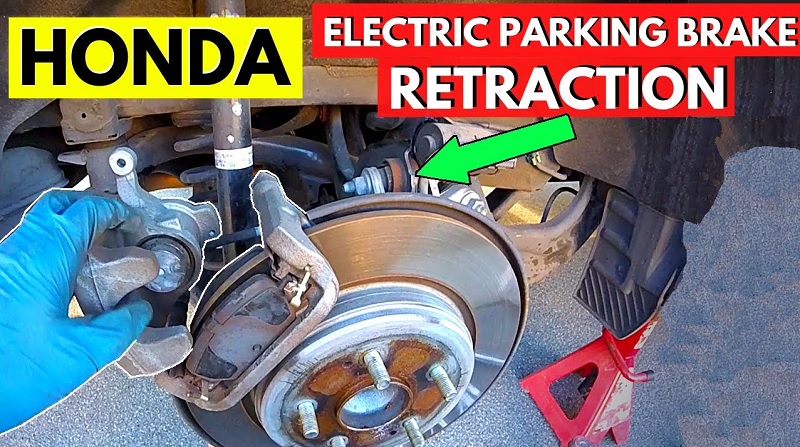
Applications For Electric Parking Brakes
As previously stated, using an electric parking brake is a better and more practical way to deploy the emergency brake in a variety of circumstances.
You only need to find the EPB button and pull it up while depressing the brake pedal to activate the electric parking brake. The button usually has the letter “P” inscribed on it and is placed next to your gear stick. You can tell it has been triggered by the mechanical click you hear as you pull it up. The emergency brake light will turn on in your instrument cluster as soon as the EPB is engaged.
Step on the brake pedal and depress the EPB button to release or disconnect the electric parking brake. When the EPB is turned off, the emergency light on the instrument cluster will go off. You can release the electric parking brake differently without pressing the EPB button. I can’t say it works in all automobiles, but it does in the majority of vehicle brands, including Honda vehicles.
All you need to do to accomplish this is buckle up your seat belt and depress the emergency brake. The parking brake will automatically disengage when you let off the brake pedal and press the accelerator. This short guide describes the operation of the parking brake and EPB applications.
Most Typical Issues With Honda Civic Electric Parking Brakes
The EPB may experience issues if switches or cables between the actuator and module are opened, cut short, broken, or exhibit high resistance, just like with every other electronic system and component in a car. The electric parking brake system may not function properly due to common problems including low system voltage or an open fuse.
Some of these issues will cause the onboard computer to display a trouble code indicating an EPB issue or if a problem has been reported, a message stating “Service parking brake.” The failure’s root cause can be found with the aid of a scan tool. In either case, you will have to buy a replacement module or actuator from your dealer if the problem is the consequence of a damaged actuator or module. Due to their recentness and lack of market saturation, these components are still in demand. These parts will eventually be accessible in numerous vehicle spare part retailers, nonetheless, as time passes.
Your electric parking brake may stop working either manually or automatically for one of the reasons listed below. The EPB module or actuator is malfunctioning; the brake pedal switch or gear stick selector switch is broken; the electronic parking brake motor has jammed or failed;
the parking brake cables are rusted. The EPB module or actuator is malfunctioning. This is a typical Honda Civic brake system issue.
If you drive a Lincoln LS and notice a “service parking brake” warning message on your dashboard, the system may malfunction or there may be a false indication.
The electrical system of the Lincoln LS is designed with a vulnerable EPB module. These signals may occasionally be brought on by a defective ignition coil or an electronic coolant flow valve. The electrical harness itself may have flaws that result in similar problems.
Honda Civic Electronic Parking Brake Benefits Automation
Handbrakes and electric parking brakes differ significantly from one another. When you depress the EPB button, the electronic parking brake activates an electronic mechanism that stops your car. The automated brake system has improved the EPB’s accuracy and efficiency over the traditional emergency brake system. Both the front and rear wheels of an electric park brake operate at their peak efficiency.
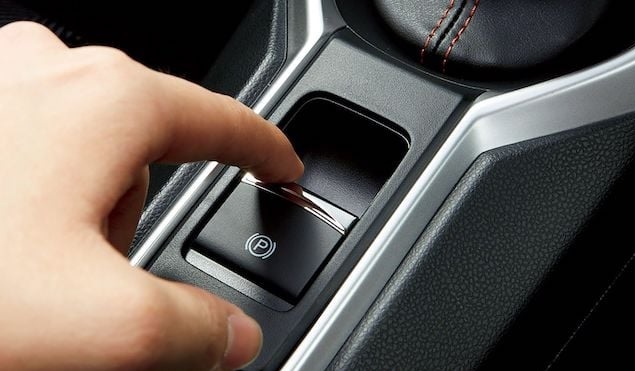
The majority of contemporary electric parking brakes include the Hill Start Assist feature in addition to effective EPB. On slick roads, a hill start helps by automatically applying brakes to the rear wheels to prevent rollbacks.
Emergency Braking
Electric parking brakes’ capacity to quickly apply the brakes in an emergency is one of their main advantages. It has a more secure braking system, and you can speed while using the electric parking brake. The EPB system works by repeatedly opening and closing the back axle until the car comes to a stop. You can use an electric parking brake at low or even high speeds if you’re unsure of when to apply one. When traveling at a high speed, the technology is safer and more dependable than traditional brakes.
When using manual brakes at a high rate of speed, several problems can occur. The rapid friction can prevent your tires from rolling smoothly on the ground, which could cause a collision. With the electric parking brake, though, this is not the case.
Better Command
When compared to a cable-operated braking system, electric parking brakes offer better control. Over traditional brakes, the electronic parking brake offers more advantages. They are more dependable and slick. It takes up less room in the car because there are no brake cables, wires, or hand brake levers needed. This further improves it over traditional brakes.
The Mechanism For Child Locks
To avoid mishaps, it has a kid lock feature. This feature prevents you from deactivating the brake after turning off the engine.
Honda Civic’s Electric Parking Brake Reset
This part will help you in your mission how to fix Honda Civic’s electric parking brake! Once the ignition is turned off, the Honda Civic’s electric parking brake is intended to activate. This is how to reset it:
- Place the gear lever in PARK and turn the ignition to the ON position. Refrain from applying the brakes.
- The EPB button must be pulled and then released to engage the electric parking brake.
- Pull and hold the EPB button for a mechanical click before releasing it.
- Pull up the EPB button, depress it for three seconds, then let go when you hear two mechanical beeps.
- The electric parking brake is fully reset to engage each time the ignition is turned off.
- Repeat the process outlined above to disable this function; the system will indicate your success with a simple click.
How come my parking brake won’t release?
Corrosion is a frequent problem with stuck parking brakes. Water and grime are frequently to blame for the corrosion of braking systems. Parking brakes can stop working, brake pads can become stuck to the brake disc, and corrosion can cause the brake line to break. If you have a habit of pushing the brake lever back, it will eventually cause your brakes to become stuck against the drum brake walls.
With a dead battery, how do you release an electric parking brake?
Electric parking brakes are not intended to function when the batteries are dead. There are two ways to deactivate the electric park brake if your car’s battery is dead. Either you jump-start your automobile using a portable jump starter or another car, or you physically release the brake. Additionally, in addition to a jack tool, a special tool is required to manually release it. Remove the plug from the tire well, attach the correct bit to the tool, enter the jack tool, and rotate it counterclockwise to release.
When parking, should you apply the e-brake?
When parking a vehicle, emergency brakes should be used. You should always park with the emergency brake engaged, whether you’re driving an automatic or manual transmission, whether you wish to park on a flat lot or one with a slope, or whether the weather is bad or unpleasant. Additionally, you must always use it in an emergency, as the name suggests.
Without starting the ignition, it is nearly impossible to release an electric parking brake. There are numerous difficulties associated with the development of electric parking brakes, from system diagnosis to maintenance. It also means that parking brakes may not engage or release if there is a malfunction in a different system, such as the electrical system.
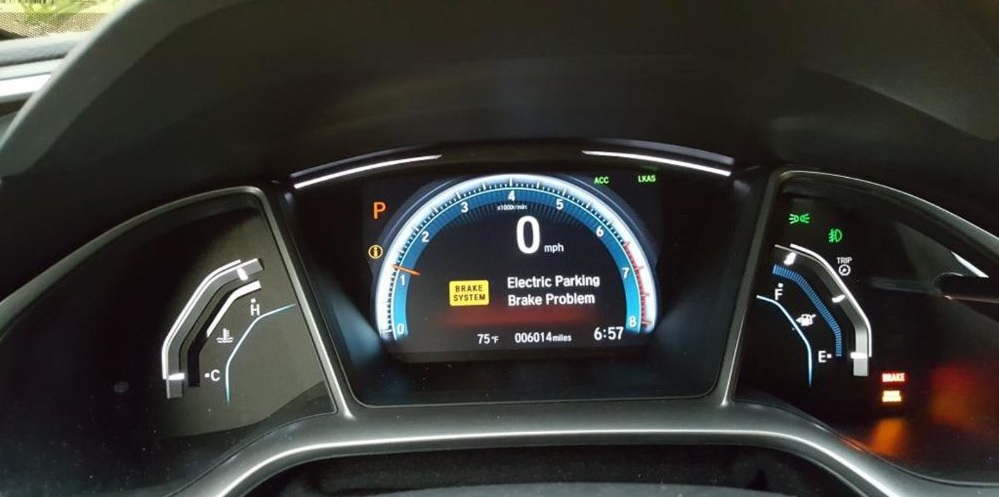
How Do You Manually Release A Honda Civic’s Electric Parking Brake
I’ll thus emphasize the methods that might just enable you to manually release your parking brake. It necessitates reaching the back of the wheel and gaining access to the caliper’s back. The steps are listed below.
- Raise your back wheels and use jack stands for support.
- Find the rear brake caliper by sliding beneath the car.
- Consider the EPB motor’s mounting. Some are usable, while others are not. They will be fastened to the caliper housing by bolts if they are serviceable. You won’t be able to complete this operation if they are not repairable.
- Find the bolts holding the EPB motor and remove them, but leave the electronic brake motor plugged in. The system will lose its default settings as a result. In some circumstances, you might need to swap out both the electric parking brake motor and the brake caliper.
- Carefully pull the EPB motor out of the way after removing the bolts.
- To release the caliper piston, turn the caliper piston adjustment while using the proper socket that will fit in the back of the caliper piston.
- After completing this, you can lower the car while removing the EPB motor from the suspension systems.
- When you’re on the ground, you’re prepared to address the customer’s issue.
- You will need to use the electromechanical parking brake’s reverse method after addressing a customer’s problem.
Conclusion
In conclusion, the electronic parking brake is a welcome advancement over conventional brakes in modern vehicles for better and more convenient braking, particularly at high speeds and when parking. However, as the system ages, you may encounter some typical electric parking brake issues. Your tension, time, and energy will be reduced if you know how to solve these issues. We are happy if you find this guide helpful on how to fix Honda Civic’s electric parking brake!
